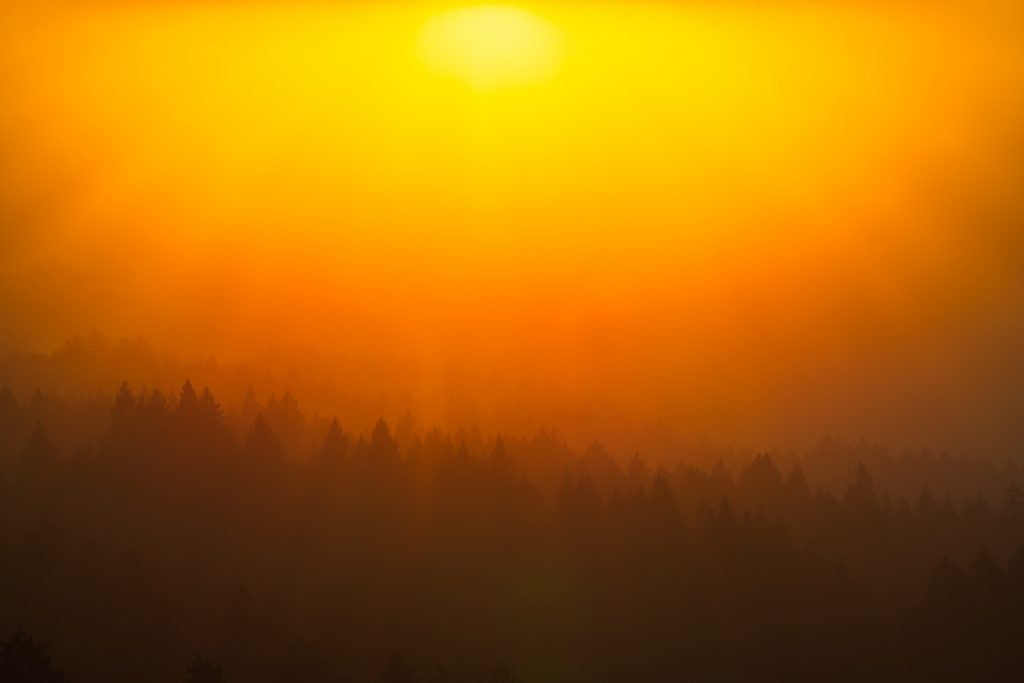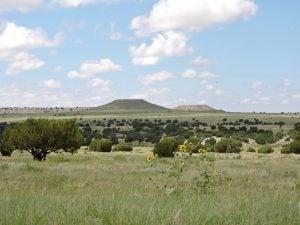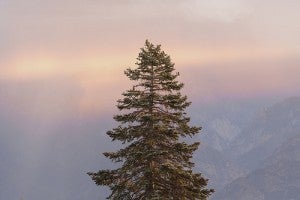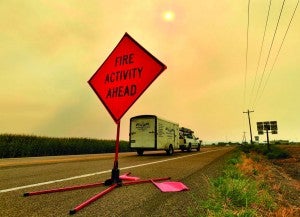As many of us are witnessing across the globe this summer, the impacts of climate change are already upon us: the increasing severity of wildfires, more frequent and widespread extreme heat events, and the looming risk of floods and sea level rise even during a drought.
This is especially true for California, where wildfires fueled by a historic drought have already scorched three times as much land as they did in the same period of last year’s record-breaking season.
These climate impacts are not evenly distributed. They fall disproportionately on people with lower incomes, people of color, older adults, children and people with chronic health conditions.

Building community resilience to fire and heat is an immediate imperative. Read more: Heat, fire, smoke and blackouts: How to live with our new reality.
As the destruction wrought by climate change continues to accelerate, state leaders and the insurance industry are exploring ways to make communities more resilient, especially the residents who are most vulnerable to climate impacts. Read More














